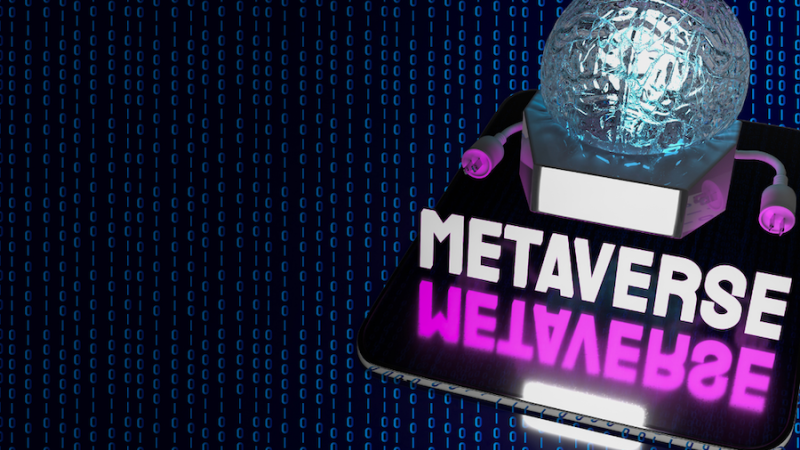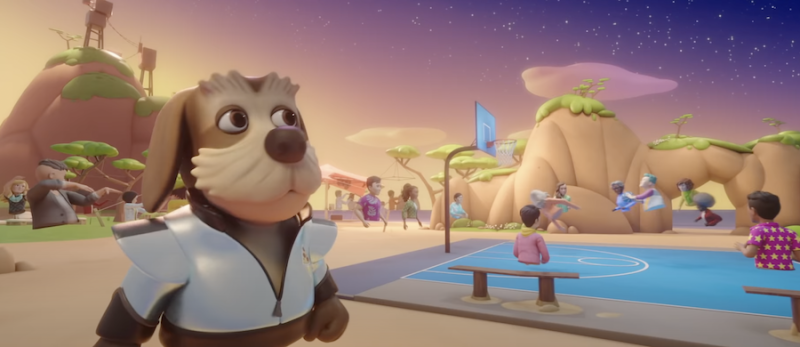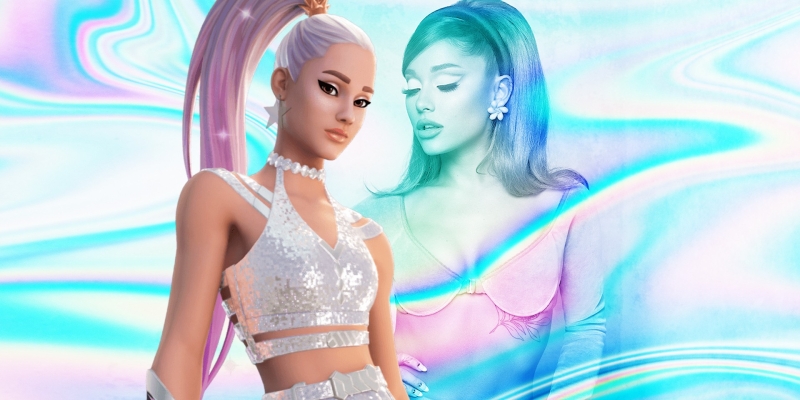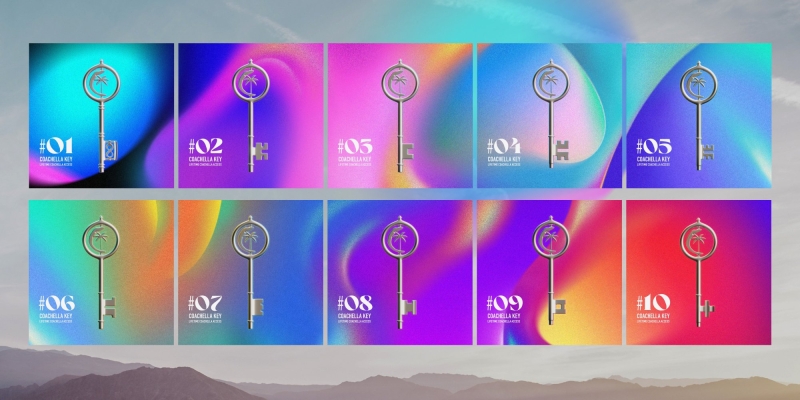Will 2022 go down in history as the genesis of the metaverse? Mike Fletcher looks at the progress to date of hosting events in new digital worlds.
One reason the half-time Super Bowl ad-break attracts so much interest each year is because of how much it costs to buy the air-time.
We assume that any company willing to burn around $5.5m to premier a 30-second TV spot must either have the mother of all creative ideas up its sleeve or, a message so important that 112 million people (many of whom are opening the door to the pizza delivery guy or have left the room to put the kettle on) should all be exposed to it at exactly the same time.
In the case of Meta (the company formerly known as Facebook), it saw its Super Bowl 2022 ad as an ideal opportunity to pitch the genesis of the metaverse, or more specifically a social Virtual Reality (VR) platform for its Quest headset called Horizon Worlds.
One day, historians may well look back on 2022 and Meta’s slightly disturbing Super Bowl commercial featuring an animatronic dog that’s past its prime - only to be given a second-chance to relive its heyday when someone catapults it into the metaverse by strapping a VR headset to it - and decide that this was the moment humankind’s appetite for engaging in virtual worlds began.
The thing is, those future historians may turn out to be fairly accurate in their assessment of when the first metaverse seeds were sown.
According to Meta, since Horizon Worlds was rolled out to all Quest headset owners in the US and Canada in December, its monthly user base has grown by a factor of 10x to 300,000 people. The increase includes Horizon Venues, a separate app for attending live events in VR that uses the same avatars and functionality.
Prior to December, Horizon Worlds was in private beta mode for creators to test its world-building tools. Comparable to how the gaming platform Roblox or Microsoft’s Minecraft works, Horizon Worlds lets people build custom environments, where legless avatars can hang out and play games.
In February 2022, Meta announced that 10,000 separate worlds have been built in Horizon Worlds to date, and its private Facebook group for creators is now populated by over 20,000 members.
Unfortunately, Meta doesn’t disclose how many Quest headsets it sells so it’s hard to gauge Horizon’s popularity relative to the underlying hardware platform it runs on.
However, analysts estimate total Quest sales to be around 10 million units and Meta CEO, Mark Zuckerberg said recently that a version of Horizon would be released for smartphones later this year, in order to “bring early metaverse experiences to more surfaces beyond VR.”
He said: “So while the deepest and most immersive experiences are going to be in VR, you’re also going to be able to access the worlds from your Facebook or Instagram apps as well, and probably more over time.”
Accessing metaverse worlds from mobile and social will be a game-changer, opening digital experiences and environments up to millions more people and setting a future course for mainstream usability.
Concerts in in-game worlds
Brands are already buying-in to Zuckerberg’s shared vision of the metaverse, as not only somewhere to hang-out and play games but also a place for staging accessible experiences, by partnering with 3D gaming platforms, technologists and artists for a range of event-related use-cases.
Concerts are perhaps the earliest example, with DJ Marshmello attracting an audience of 10.7 million to his February 2019 gig within Epic Games’ Fortnite - staged before we even knew what a metaverse was.
Since then, rapper Travis Scott’s 15-minute virtual Fortnite concert in April 2020 saw 12.3 million concurrent live viewers, while 33 million viewers watched Lil Nas X perform on Roblox in December that year.
In August 2021, Arianna Grande broke all Fortnite records with a five-day, 15-minute repeated performance, which reportedly earned her tens of millions of dollars in merchandise sales and was seen by over 78 million players.
Her avatar performed against a backdrop of mazes, bouncy, colourful clouds, rainbow trails and magical llamas, all of which could be peacefully explored (no killing allowed) while listening to the soulful soundtrack of Grande’s hit songs.
These four ground-breaking concerts legitimised gaming platforms as metaverse worlds where artists can extend their reach and increase their fanbases, while experimenting with the virtual event medium.
This year already, we’ve seen PinkPantheress’ avatar take to a virtual Roblox stage for a BRIT Awards after-party, David Guetta perform a 45-minute set as his avatar self in an intergalactic DJ Party World within Roblox, plus The Foo Fighters play Quest’s Horizon Venues after the Super Bowl.
NFTs
Warner Music Group (WMG) meanwhile took a minority stake in immersive music streaming platform Wave in December and has now partnered with virtual world, The Sandbox to build what it describes as a ‘combination of musical theme park and concert venue’ where future ‘musical experiences’ will be held.
The Sandbox is built around blockchain and non-fungible token (NFT) technology, which allows users to monetise in-game resources and buy-up digital real-estate called ‘Land’.
Users who purchase ‘Land’ next to WMG’s virtual concert arena will presumably expect to benefit from the abstract notion of proximity to future star-studded performances and rising digital property prices.
The music industry has historically had a difficult relationship with technology and disruption so to see WMG lean-in to the possibilities of the metaverse is hugely encouraging. Artists across the company’s labels - including Lizzo, Ed Sheeran and Bruno Mars - are sure to benefit.
Global music festivals are also getting in on the act this year, with Coachella auctioning lifetime tickets for its California-based music and arts festival as NFTs.
The 10 auctioned NFT digital keys also offered lifetime access to all future Coachella-produced virtual experiences, plus unique physical experiences for 2022 like front-row views at the Coachella Stage, lifetime Safari camping, or a dinner prepared by a professional chef in the Rose Garden.
Fashion's bid to conquer the metaverse
In the fashion event world, designers are working with technologists to twin their catwalk collections with digital wearables, with a view to making high-end fashion more accessible.
Serbian designer, Roksanda worked with this year’s London Fashion Week headline sponsor Clearpay to create a ‘demi-couture finale look’ from her catwalk show in the form of a purchasable NFT.
Working together with the Institute of Digital Fashion, the wearable debuted as part of the runway showcase and an Augmented Reality (AR) function on Instagram allowed visitors to virtually try-on the NFT.
Alongside last month’s New York Fashion Week, designer Jonathan Simkhai showcased his Autumn Winter 2022 digital wearables collection as part of an online event produced by Everyrealm and Blueberry Entertainment.
The event saw models, influencers, celebrities, and journalists among the VIP guests, who appeared via personalised avatars dressed in Jonathan Simkhai ensembles.
Eleven of Simkhai's new season looks were digitally reimagined for the metaverse a day ahead of his seasonal in-person catwalk show, making the real-world designer brand “the first ever to show its Fall/Winter 2022 digital wearables collection ahead of their physical counterparts.”
Everyrealm, a ‘metaverse real-estate investor and developer’ then hosted an NFT sale of select wearables from the collection from 16 February.
From 24-27 March 2022, metaverse platform, Decentraland hosted its first Metaverse Fashion Week, with designer labels and visitors able to virtually experience fashion shows, attend after-parties, and buy and wear digital clothing directly from catwalk avatars and a virtual Selfridges store.
Brands such as Estée Lauder, Tommy Hilfiger, Dolce & Gabbana and Forever 21 all participated in the five-day virtual fashion event - offering an early preview into how the fashion metaverse could evolve alongside traditional fashion week events.
A performance by musical artist Grimes, in collaboration with Auroboros, also featured as part of the schedule, along with films by Chanel and Lanvin, shown in a digital movie theatre.
Fashion brands such as Gucci and Balenciaga have in the past, worked with Fortnite creator, Epic Games to build immersive digital worlds in Creative Mode, as well as on Roblox.
Moreover, the likes of Nike and Jimmy Choo have been experimenting with NFTs to allow gamers to own authentic virtual footwear and have the items digitally verified and recorded as being rare, unique and collectable.
Enhancing the exhibition stand environment
Elsewhere this year, metaverse experimentation either replaced or supported exhibition booths at the Consumer Electronics Show (CES) in Las Vegas.
Procter & Gamble for example, launched a BeautySPHERE metaverse experience in partnership with London’s Royal Botanic Gardens, Kew. Users could meander through a gamified virtual tour of the gardens to learn about ingredients and the company’s sustainability initiatives.
Samsung meanwhile showcased existing products fit for the future via a ‘My House’ metaverse experience, accessible to CES attendees through the Zepeto app.
Visitors to ‘My House’ could explore a white picket-fenced virtual home featuring a vacuum you could walk around with, an AirDresser that dry-cleans and straightens clothes, plus curved monitors and rotating TVs (presumably for scrolling social media vertically or watching Netflix horizontally).
Arguably, these metaverse ‘walk-through’ experiences are more engaging than an exhibition booth and could even replace physical brand showrooms in a few short years. But they still only represent embryonic potential for the development of digital worlds.
Will consumers really only want ‘real-world’ experiences in the metaverse? Or will they be drawn more towards brands and events that turn the impossible upside down and inside out, until it becomes possible in a virtual space?
As with most product evolution, historians will no doubt look back on 2022 and give a wry smile to these early metaverse concepts, use-cases and experimentations. They may even discover early NFTs and showcase them in a metaverse museum, located somewhere off-world.
Historians will certainly wonder why during the Super Bowl half-time ad break in 2022, Meta thought an old animatronic dog would persuade people to step into new digital worlds. If you’re reading this from the 22nd or 23rd century, know that we all questioned the same thing too.
This article first appeared in the March edition of Digital Event News.








